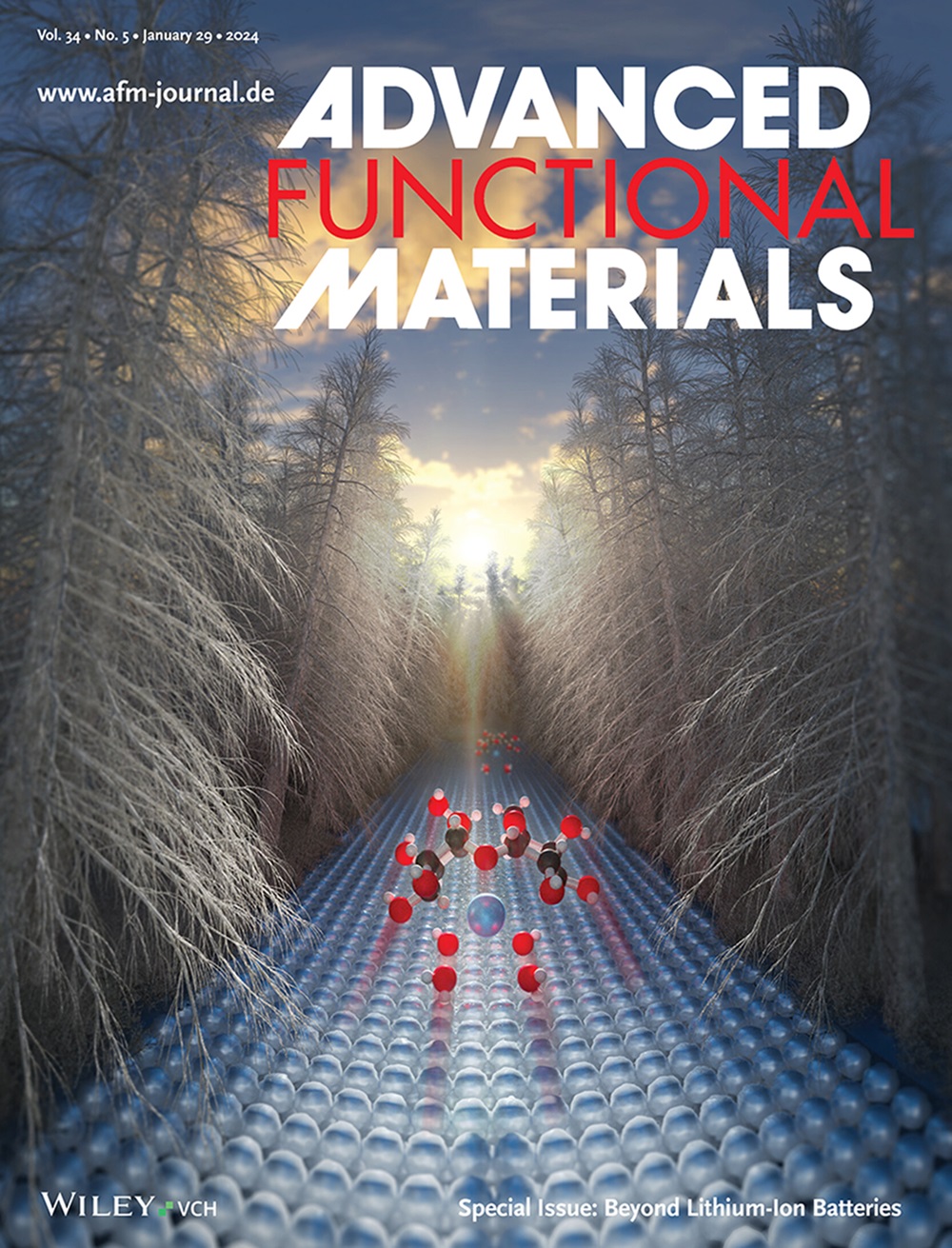Mitochondrial‐Cytosolic Cascade Metabolic Regulation System: A Robust Strategy to Disrupt Multipath Energy Replenishment in Cancer Therapy
IF 19
1区 材料科学
Q1 CHEMISTRY, MULTIDISCIPLINARY
引用次数: 0
Abstract
Manipulating metabolic rewiring in cancer cells has become a central focus in cancer treatment. However, the intricate, yet not fully elucidated, adaptability of cancer metabolism frequently undermines the effectiveness of such interventions. Here, a novel cascade metabolic regulation system is presented by manipulating the mitochondria‐cytosol metabolic networks to disrupt multipath energy replenishment in cancer. Specifically, multienzymatic Mn‐LDH nanodiscs are synthesized, which not only impair energy metabolism in mitochondria by triggering mitochondrial dysfunction via self‐cascade catalysis, but also show the activity of blocking the compensatory energy metabolism from cellular glycogen. Concurrently, vessel embolization is combined to obstruct the carbon sources essential for both glycolysis in cytosol and the tricarboxylic acid (TCA) cycle in mitochondria, while simultaneously fostering an environment conducive to Mn‐LDH catalysis. This dual‐pronged regulation strategy induced ATP exhaustion and apoptosis in cancer cells, leading to remarkably enhanced antitumor efficacy in orthotopic liver tumor rabbit models compared to a standard clinical embolization formulation for advanced liver tumors. Moreover, comprehensive mechanism studies across cellular and animal models confirmed that this strategy effectively blocked multifaceted metabolic adaptations within the mitochondria and cytosol of cancer cells. Overall, this work offers a promising platform for metabolic intervention and provides important insights into cancer biology and management.

线粒体-细胞质级联代谢调节系统:一种在癌症治疗中破坏多路径能量补充的强大策略
控制癌细胞的代谢重新布线已经成为癌症治疗的中心焦点。然而,复杂的,尚未完全阐明的,癌症代谢的适应性经常破坏这些干预措施的有效性。本文提出了一种新的级联代谢调节系统,通过操纵线粒体-细胞质代谢网络来破坏癌症中的多路径能量补充。具体来说,我们合成了多酶Mn - LDH纳米盘,它不仅通过自级联催化引发线粒体功能障碍而损害线粒体的能量代谢,而且还显示出阻断细胞糖原代偿能量代谢的活性。同时,血管栓塞可以阻断细胞质中糖酵解和线粒体中三羧酸(TCA)循环所必需的碳源,同时营造有利于Mn - LDH催化的环境。这种双管齐下的调控策略诱导了癌细胞的ATP耗竭和凋亡,与标准的晚期肝肿瘤临床栓塞制剂相比,显著提高了兔原位肝肿瘤模型的抗肿瘤效果。此外,通过细胞和动物模型的综合机制研究证实,该策略有效地阻断了癌细胞线粒体和细胞质内的多方面代谢适应。总的来说,这项工作为代谢干预提供了一个有前途的平台,并为癌症生物学和管理提供了重要的见解。
本文章由计算机程序翻译,如有差异,请以英文原文为准。
求助全文
约1分钟内获得全文
求助全文
来源期刊

Advanced Functional Materials
工程技术-材料科学:综合
CiteScore
29.50
自引率
4.20%
发文量
2086
审稿时长
2.1 months
期刊介绍:
Firmly established as a top-tier materials science journal, Advanced Functional Materials reports breakthrough research in all aspects of materials science, including nanotechnology, chemistry, physics, and biology every week.
Advanced Functional Materials is known for its rapid and fair peer review, quality content, and high impact, making it the first choice of the international materials science community.
 求助内容:
求助内容: 应助结果提醒方式:
应助结果提醒方式:


